How will these resources help you?
When discussing this topic in the classroom, it is often done quickly and mainly focused on people who live in volcanic areas. However, earthquake zones, river basins and coastal areas can also pose a threat to the inhabitants. In many of these areas, climate change and population growth have increased the risks. Hazards can turn into disasters, where residents are severely impacted. Examining why people live in these locations could be the key to better prediction, protection, and preparation. These resources look at why people live in hazardous zones, discussing the economic, political, cultural, and social reasons.
Living with earthquakes over time - America
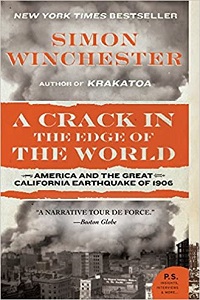
A Crack in the Edge of the World: America and the Great California Earthquake of 1906
by Simon Winchester, published by Harper Perennial, (2006), 9780060572006
This book explores the earthquake event and the complex relationships of the plate boundaries and how they impact America. Winchester uses key geographical terminology and explains it well. The book not only enhances understanding of why people live in earthquake-prone zones (as well as other hazardous areas), but also understanding of plate tectonics and the study of these events. Winchester examines the historical reasons why people live in these areas, as well as first-hand memories from people who experienced the events, and weaves them in with geographical theory. You could use parts of the book as examples for all years or recommend to GCSE and A-level students as reading.
Disasters are not natural
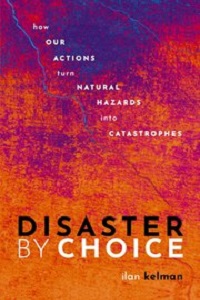
Disaster by Choice: How our actions turn natural hazards into catastrophes
by Ilan Kelman, published by Oxford University Press, (2022), 9780198841357
This book focuses on the human element of disasters. It looks at how disasters occur due to our choice to live in an area, our vulnerability and sometimes our arrogance in the face of nature. Kelman discusses a range of hazards and how human decisions influence whether these hazards become disasters, looking at all aspects of disaster and the key players that influence impacts. The book is a fantastic review of different hazards and could be used for examples or given as reading. You could use it to compare the hazards in different areas and the reasons why people continue to live there.
Overlooked stories
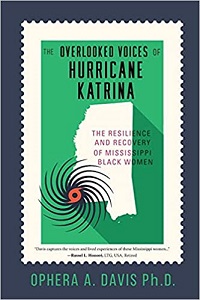
The Overlooked Voices of Hurricane Katrina: The Resilience and Recovery of Mississippi Black Women
by Ophera A. Davis, published by Koehler Books, (2021), 9781646634279
This resource looks at a group of black middle-class women survivors from Hurricane Katrina. It is a fascinating look at how women respond and recover. It gives first-hand accounts that show how a disaster can impact people who are often overlooked. I have used quotes from the book for students to study in my lessons, but you can use their narratives in many ways in your teaching, from creative writing to analysis work. It will give students a much deeper appreciation of how people can be impacted by disasters.
Tsunami first-hand accounts
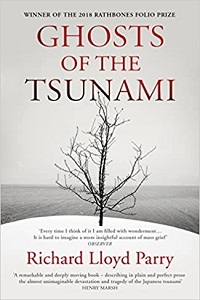
Ghosts of the Tsunami: Death and Life in Japan
by Richard Lloyd Parry, published by Vintage, (2018), 9781784704889
This is a heart-breaking account of the experiences of people in the 2011 tsunami, looking mainly at the aftermath of the event and how people dealt with the disaster. The book explains why people were living in these areas, and why some stayed after the disaster. The first-hand accounts of the tsunami would allow students to explore the question of why people stay even after horrific events have occurred.
Audiovisual clip
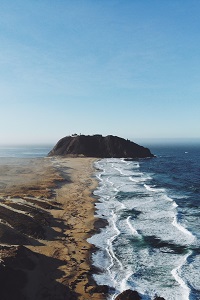
Journeys into the Ring of Fire - Why do people still live near the fault line?
published by BBC, (2006)
Psychologist Christine Rodrigu analyses the 'risk culture' and people's perception of risk around the San Andreas Fault.
Further materials
Living in the Shadow of Italy´s Volcanoes: Tectonic Hazards Knowledge Insight by Simon Ross, developed by Discover the World Education, published by Time for Geography
Access this resource
At Risk: Natural Hazards, People’s Vulnerability and Disasters by Piers Blaikie, Terry Cannon, Ian Davis and Ben Wisner, published by Routledge, (2003), 9780415252157
Find this book
Photo gallery: Who in the world would live next to an active volcano? Meet the neighbors by Elian Silverman, published by Ideas.TED.com, (2018)
Access this resource
No Bad News for the King: The True Story of Cyclone Nargis and Its Aftermath in Burma by Emma Larkin, published by Penguin Books, (2011), 9780143119616
Find this book
Sarah Darby is a Geography teacher who studied hurricanes for her dissertation. She writes geography course material and case studies.
Text © Sarah Darby, 2022.
Text © Sarah Darby, 2022.



